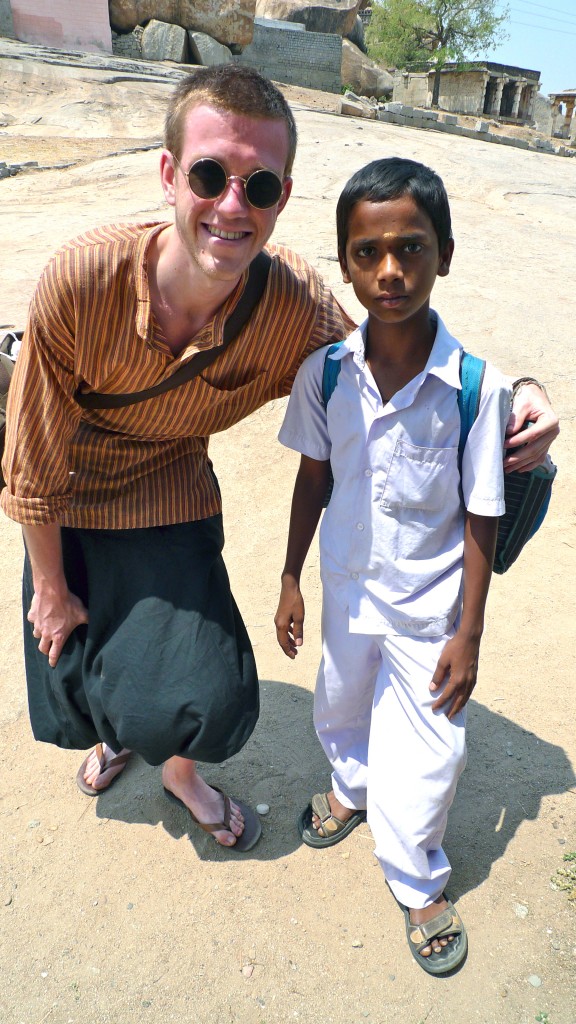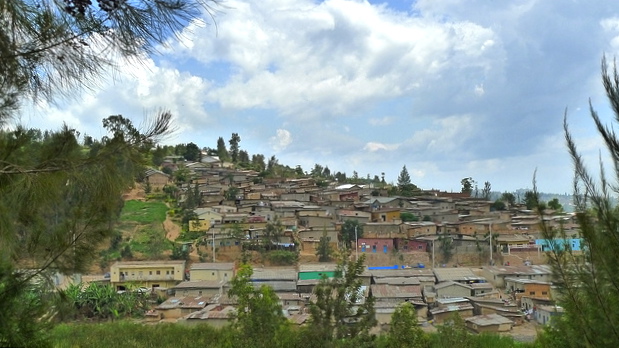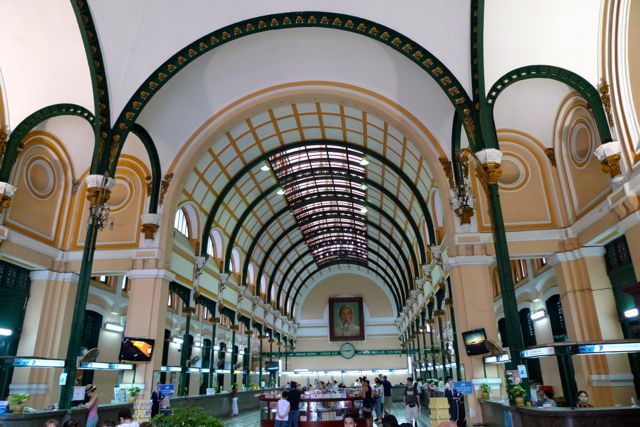NOTE: This post is my entry for the “Go with Oh” blogger competition. Want to enter? Find out more details here!
For about two weeks in India, I traveled with a 19-year-old German backpacker named Denis. We met on the train from Mumbai to Goa, then shared a beach hut for a few days. We decided to head to Hampi together on an overnight bus.
When we bought tickets for a shared compartment, we had no idea that the compartment was actually just one cramped foam bed, approximately the size of a desk drawer, with a plastic door that slid down and was locked from the outside. The two of us fit into this cabinet like human Tetris pieces. It was extremely close quarters for relative strangers.
Making the most of a weird situation, Denis and I turned our compartment into a bar. We stayed up all night, chatting and mixing Coca Cola with cheap Indian whiskey that tasted suspiciously like men’s cologne.
Denis and I were both tall enough that our foreheads pressed painfully against the ceiling, which also served as the floor of the compartment above us. The road was so bumpy, our fizzy cocktails quickly went flat. As our bus honked and weaved through the Karnataka night, Denis told me about his home in Munich and his travels throughout his country.
I loved listening to the way Denis talked, with strong enunciation of English words, punching each syllable in the throat. It reminded me of my mom, who was born in East Prussia. During World War II, when she was a child young enough to be confused but old enough to remember the pain, her family was forced to flee their home. They made a long, arduous journey to safety on foot, crossing frozen lakes and passing through war-torn cities. They eventually settled and created a new life in what became West Germany. Now whenever I see photos of the expansive green vistas, rolling hills and stately castles of Germany, I get a tug in my belly. This is my ancestral homeland. This is what has been woven into my soul.
“So have you ever been to Germany?” Denis asked.
Now this was awkward.
The answer was yes. I have visited my grandmother in Germany. But I hated admitting that to young German backpackers.
“Um, yeah.”
“Did you go to Berlin? It’s like party party! So crazy.”
“Well …”
I visited Germany when I was much younger, I explained. And there was still a wall.
“A wall?” Denis said. “As in, THE wall?”
“Yeah. Checkpoint Charlie wasn’t a museum yet.”
“My God,” Denis said. “How old are you?”
There are other things I remember about the summer I spent in Germany. My grandmother didn’t own a car, so we biked everywhere or took trains. It was my first time visiting a fresh farmers market. I drank milk still warm from the cow. I slathered my food with grainy mustard. The bread was so hard that it slit my gums, but it was so delicious I didn’t care. The cathedrals were so utterly awe-inspiring that it made me feel holy. The whole country was blanketed in flowers.
I spent the past year traveling around the world and enjoying a lot of things. But I do regret that I haven’t returned to Germany since the reunification. I haven’t seen my grandmother’s grave. I haven’t walked the streets my mother once did. I haven’t truly seen the country she left behind when she fell in love with my dad. It’s embarrassing to admit there’s something so much a part of me, and yet I haven’t fully been a part of it.
I am also incredibly jealous of all my fellow travelers who swap Berlin stories, because I know it is a city where I could have a lot of fun. Art and music are my air and water, and Berlin has a thriving cultural scene — including a museum island! I’d like to see if “the green fairy” will offer me any inspiration at The Absinth Depot. I want to take a dip in the bathing ship, which is wacky enough to be cool. I want to see what it’s like to have dinner in the dark at this restaurant, where all the food is served in a pitch-black room. And yes, I’d like to visit Checkpoint Charlie, a place I only recall from a time of crumbling wall and tangles of wire.
Before Denis and I split off a few days later, we exchanged e-mail addresses. Then he asked, “Will you ever make it to Germany? I mean, for real this time?”
Of course, I said. And I promised him a whiskey and Coke when I got there.
_________
Don’t miss your chance to win four fantastic prizes from Go With Oh! Click here for info.



























